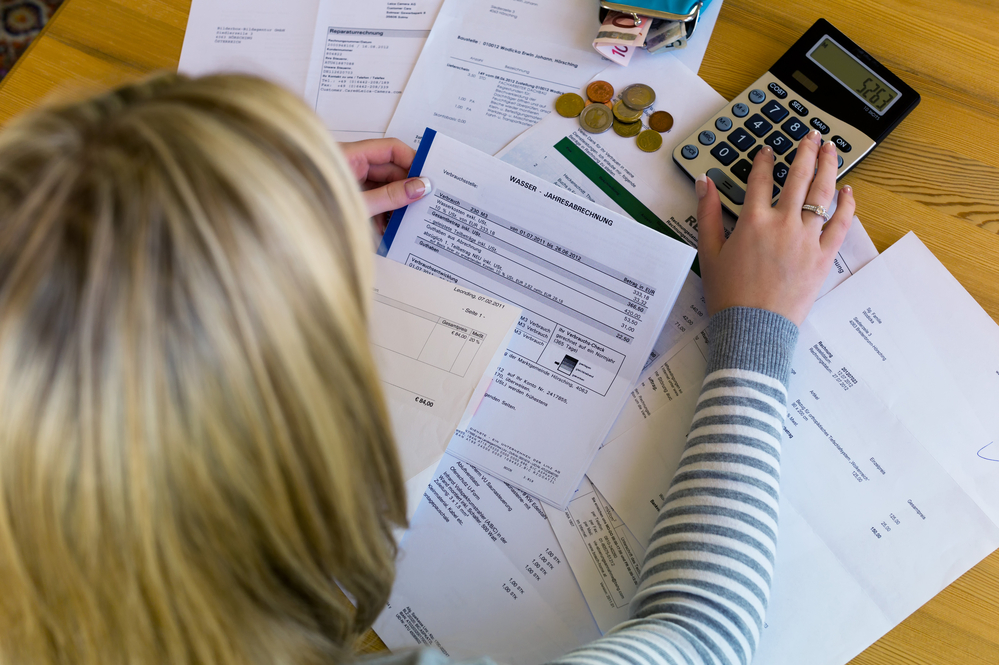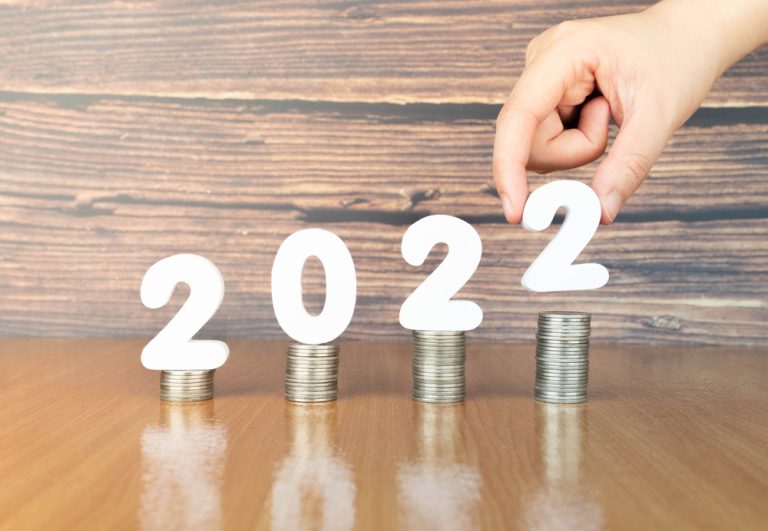How to create a Debt Repayment Plan
Debt can be overwhelming and stressful, but creating a plan to pay it off can help ease that burden. In Australia, household debt is on the rise, with the average household owing over $260,000 in 2021, according to the Australian Bureau of Statistics. If you’re struggling with debt, here are some tips and strategies for creating a debt repayment plan.
Create a Budget
The first step in creating a debt repayment plan is to create a budget. This will help you understand where your money is going and where you can cut back on expenses. List all of your income and expenses, including bills, rent or mortgage payments, groceries, and any other expenses. Once you have a clear picture of your finances, you can start to identify areas where you can save money.
Prioritise High-Interest Debt
If you have multiple debts, it’s important to prioritise the ones with the highest interest rates. These debts are costing you the most money in interest charges, so paying them off first will save you money in the long run. Make minimum payments on all of your debts, and put any extra money towards the one with the highest interest rate.
Automate Payments
Automating your debt payments can help ensure that you don’t miss any payments and incur late fees. Set up automatic payments for the minimum payments on all of your debts, and then add extra payments as you can afford them. This will also help you stay on track with your debt repayment plan.
Choose a Repayment Strategy
There are different methods of debt repayment, such as the snowball and avalanche methods. The snowball method involves paying off the smallest debt first, while the avalanche method involves paying off the debt with the highest interest rate first. Choose the method that works best for your situation, and stick to it.
Case Study
Let’s compare two scenarios to see how creating a debt repayment plan can make a difference.
Scenario 1: Sarah has $10,000 in credit card debt, with an interest rate of 20%. She is making minimum payments of $200 per month, but is struggling to make progress on paying off the debt.
Scenario 2: John has the same amount of credit card debt, but has created a debt repayment plan. He is making minimum payments of $200 per month, but has also cut back on expenses and is putting an extra $200 per month towards the debt. He is using the avalanche method, and has prioritised the credit card with the highest interest rate of 25%.
After one year, Sarah will still have $8,360 in credit card debt, and will have paid $1,440 in interest charges. In contrast, John will have paid off $4,800 of his debt, and will have saved $1,200 in interest charges.
Creating a debt repayment plan can make a big difference in your financial situation. By creating a budget, prioritising high-interest debt, automating payments, and choosing a repayment strategy, you can take control of your debt and work towards becoming debt-free. If you need help creating a debt repayment plan, speak with our advisers who can provide guidance and support.
The information provided in this article is general in nature only and does not constitute personal financial advice.






